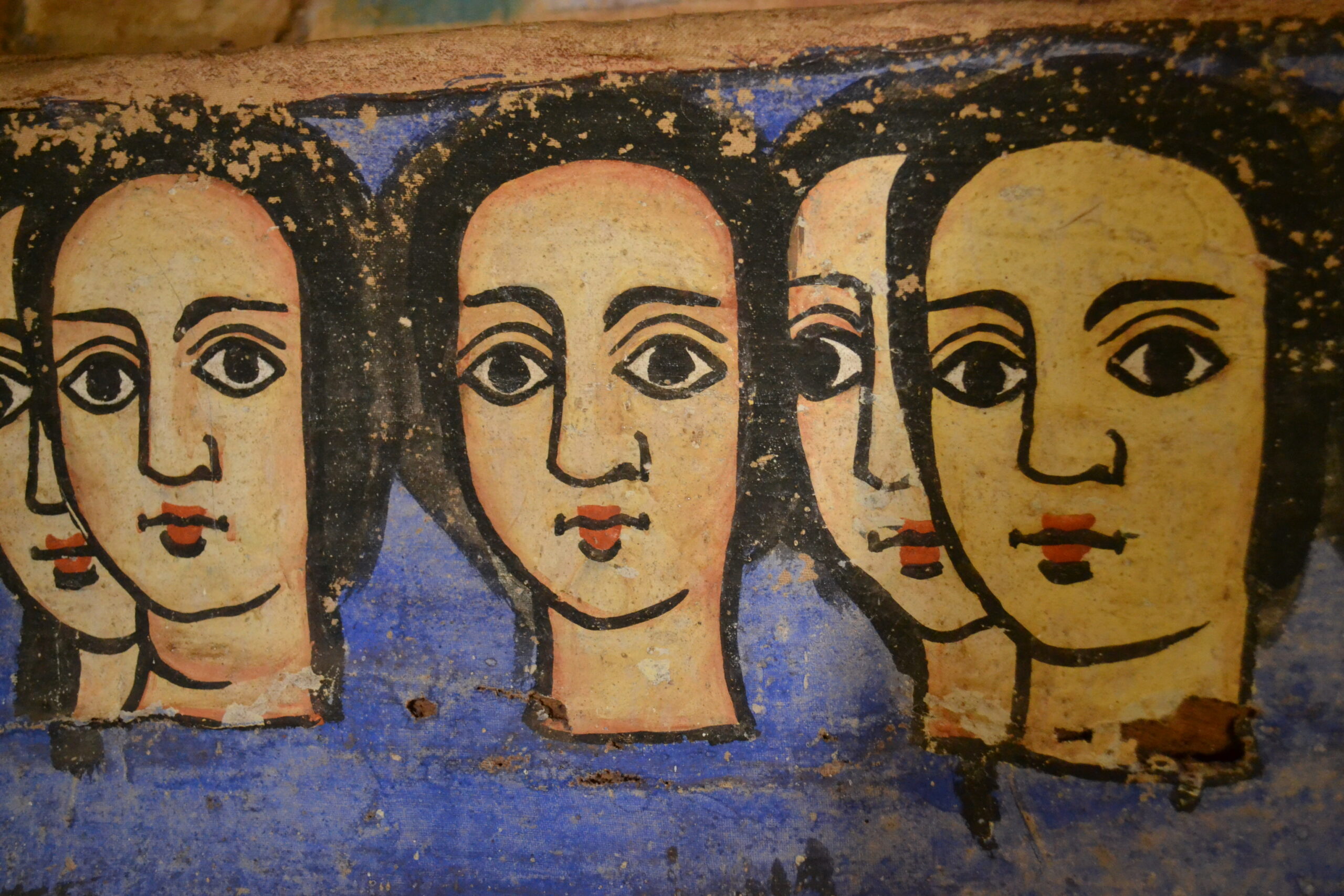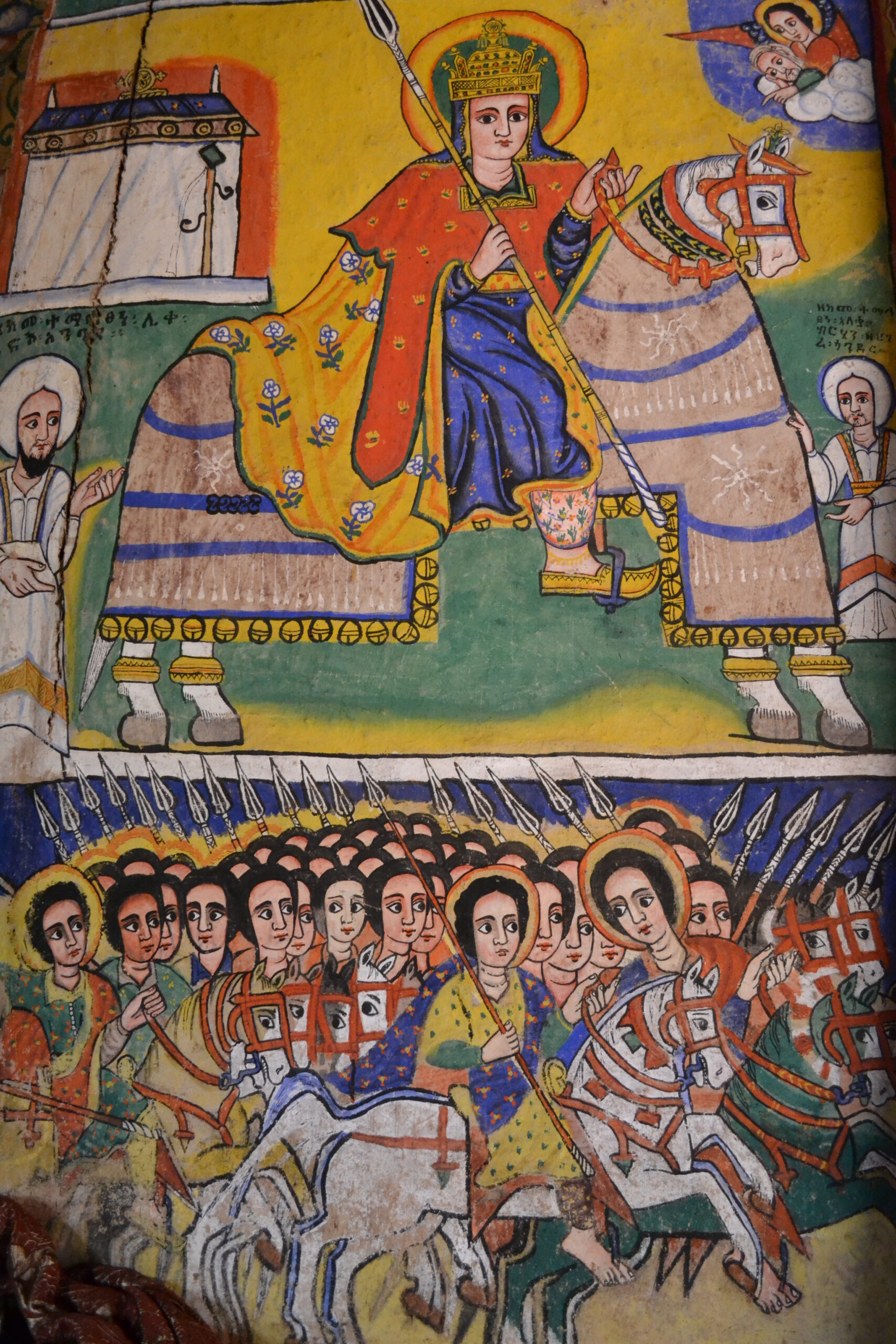 Besides Lake Tana being the source of the Blue Nile and the water that thunders over nearby Blue Nile Falls, the deep-blue body of water is also renowned for being home to ancient monasteries, many of them on islands and peninsulas scattered across the southern part of the lake.
Besides Lake Tana being the source of the Blue Nile and the water that thunders over nearby Blue Nile Falls, the deep-blue body of water is also renowned for being home to ancient monasteries, many of them on islands and peninsulas scattered across the southern part of the lake.
Primarily built between the 14th and 16th centuries, the monasteries flaunt some of Ethiopia’s most incredible religious art: vivid frescoes painted on the walls, doors and ceilings of the outer ambulatories that circle the inner sanctums of these perfectly round churches. During turbulent times and foreign invasions, the Ethiopian royal family often took refuge in the monasteries, and so many of them also still flaunt imperial treasures.
The monasteries have been nominated as a UNESCO World Heritage Site and are already within the confines of the Lake Tana Biosphere Reserve.
 Five of the monasteries lie on the lush Zege Peninsula including Azuwa Maryam (which rests in the middle of a typical rural village) and Ura Kidane Mehret (which many people consider the most precious of all because of its frescoes. Dega Estefanos monastery on Daga Island preserves the mummified remains of half a dozen Ethiopian emperors.
Five of the monasteries lie on the lush Zege Peninsula including Azuwa Maryam (which rests in the middle of a typical rural village) and Ura Kidane Mehret (which many people consider the most precious of all because of its frescoes. Dega Estefanos monastery on Daga Island preserves the mummified remains of half a dozen Ethiopian emperors.
Some of them are impossible to reach without your own boat. But those close to the city of Bahir Dar on the Lake’s southern shore are easily reached by ferry. It should also be noted that some monasteries forbid women from entering, so it’s always best to ask before venturing to the shrine.
Jacaranda Tours can plan this and all of your adventures in Ethiopia.




